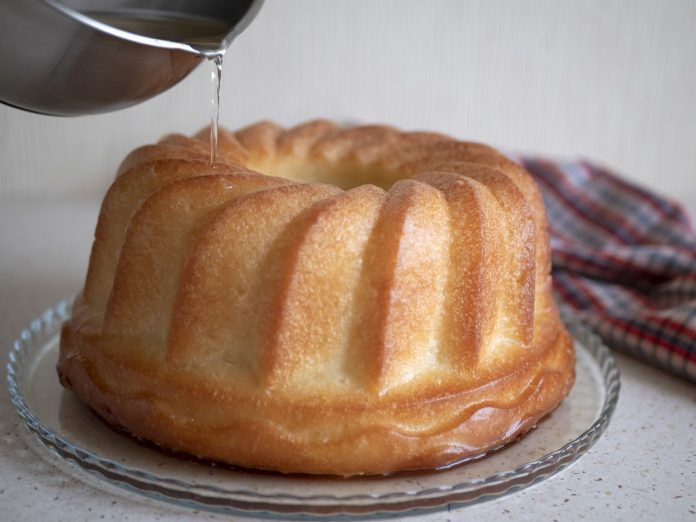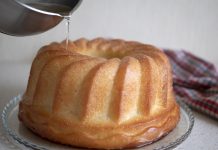
As the holiday season approaches, the Caribbean comes alive with traditions, one of the most cherished being the baking of rum cake and black cake. These delectable desserts are more than just holiday treats, they are symbols of the region’s history, culture and communal spirit. This year, Island SPACE Caribbean Museum is set to celebrate the tradition of these traditional delights with the third annual Rum Cake and Caribbean Black Cake Fest, where the flavors of the season will be front and center. But until then, let’s take a look at the history and significance of these sweet treats.
The Origins of Rum Cake
A popular dessert in many Caribbean households, rum cake has its roots in the region’s colonial past. Rum cake is typically a light, airy pound cake soaked in a sweet rum sauce to make a moist, boozy and flavorful dessert.
The tradition is believed to come from travelers from Spain and England, where sailors would preserve fruit cakes and puddings with rum. Rum production began in the Caribbean in the 17th century, with the establishment of sugar plantations. The byproduct of sugar production, molasses, was fermented and distilled to create rum, which quickly became a staple in Caribbean households and an integral part of the region’s economy and culture. Incorporating rum into cake recipes was a natural progression, and thus, the rum cake was born.
Over time, these customs were adapted by enslaved people and local populations, who infused the recipes with other local ingredients and their own spices.
The Tradition of Caribbean Black Cake
Black cake, also known as Christmas cake, fruit cake, or plum pudding in different parts of the Caribbean, is another beloved holiday dessert with a storied history. Unlike rum cake, black cake is typically dense, dark, and rich, made with a mixture of dried fruits such as raisins, currants, prunes, and cherries that have been soaked in port wine or rum, sometimes for up to a year.
The origins of black cake can be traced back to the British plum pudding, which was brought to the Caribbean by colonizers. Over time, the Caribbean people transformed the pudding into their own version by incorporating local spices, locally-made port wine, rum, and other ingredients. The cake’s dark color comes from the use of burnt sugar, molasses or “browning,” which adds depth of flavor and the characteristic hue.
In the English-speaking Caribbean, black cake is more than just a dessert, it’s a symbol of celebration, often associated with Christmas and weddings. The preparation of black cake is also often a communal activity, with families coming together to mix, bake, and share the cake during the holiday season.
Celebrating the Tradition at Island SPACE’s Rum Cake and Black Cake Fest
This year, Island SPACE Caribbean Museum, Caribbean Professionals Network and various local bakers, are bringing the traditions of rum cake and black cake to South Florida with their third annual Rum Cake and Caribbean Black Cake Fest. Taking place on Sunday, October 20th, 2024, this event offers a unique opportunity to savor the flavors of the Caribbean while kicking off the holiday season in style.
For a donation of just $15 pre-sold or $20 at the door, attendees will have the chance to sample a variety of rum and black cakes, each representing the culinary traditions of 16 different Caribbean countries, including Barbados, Belize, Curacao, Grenada, Guyana, Haiti, Jamaica, Trinidad & Tobago, the Virgin Islands and more. As Caribbean holiday music fills the air, guests can explore the museum, learn about Caribbean history, culture, and art, and decide which cake will grace their Thanksgiving and Christmas tables this year.






























